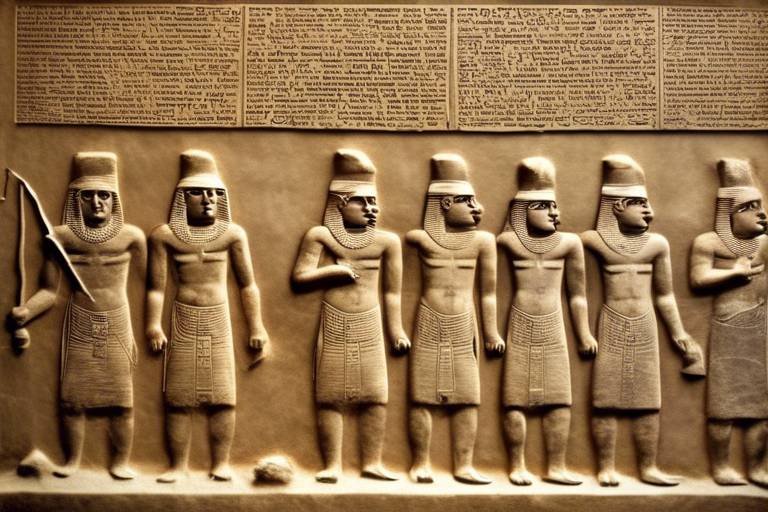The Cultural Richness of the Pre-Columbian Civilizations
The Pre-Columbian civilizations of the Americas hold a treasure trove of cultural richness waiting to be explored. Each civilization, from the Aztecs to the Moche, contributed unique aspects to the tapestry of history, leaving behind a legacy that continues to intrigue and inspire us today.
The Aztec civilization, known for its grandeur and complexity, boasted a sophisticated calendar system that rivaled any in the world. Their towering temples, adorned with intricate carvings and sculptures, stood as testaments to their religious fervor. Despite the controversial practice of human sacrifice, the Aztecs left behind a legacy of art and architecture that continues to captivate scholars and tourists alike.
Turning our gaze to the Inca Empire, we discover a civilization that mastered the art of engineering in the rugged Andean terrain. The awe-inspiring citadel of Machu Picchu, perched high in the mountains, serves as a testament to their ingenuity. With a deep reverence for nature and the sun god Inti, the Incas built a society that harmonized with the natural world around them.
The Maya civilization, with its intricate hieroglyphic writing and advanced mathematical knowledge, thrived in the lush jungles of Mesoamerica. Their astronomical observations and urban centers like Tikal showcased their intellectual prowess. The Maya's legacy lives on in their impressive architectural achievements and cultural advancements.
Traveling back in time to the enigmatic Olmec culture, we encounter the colossal stone heads that have puzzled archaeologists for centuries. Their mastery of jade craftsmanship and extensive trade networks hint at a sophisticated society that laid the foundation for future civilizations in the region.
Venturing to the arid coastal region of southern Peru, we uncover the Nazca culture and its mysterious geoglyphs etched into the desert floor. Their intricate pottery and underground aqueducts reveal a society deeply connected to the land and spiritual beliefs that shaped their daily lives.
The Toltec civilization, with its warrior culture and reverence for the feathered serpent deity Quetzalcoatl, flourished in central Mexico. The legendary city of Tula stands as a testament to their architectural prowess and cultural achievements that left a lasting impact on the region.
On the northern coast of Peru, the Chimu Kingdom thrived with its impressive urban planning and monumental adobe city of Chan Chan. Their mastery of irrigation systems and intricate metalwork showcase a society that valued innovation and craftsmanship.
Heading to the northern coastal valleys of Peru, we encounter the Moche civilization, known for its exquisite metalwork and elaborate ceramics. Their advanced irrigation systems and intricate social hierarchy provide a glimpse into a society that valued artistry and societal order.
Finally, we arrive at the ancient city of Caral-Supe, the oldest known civilization in the Americas. With its monumental pyramids and evidence of advanced urban planning, Caral-Supe offers a window into the complex society that thrived in the Supe Valley of Peru.
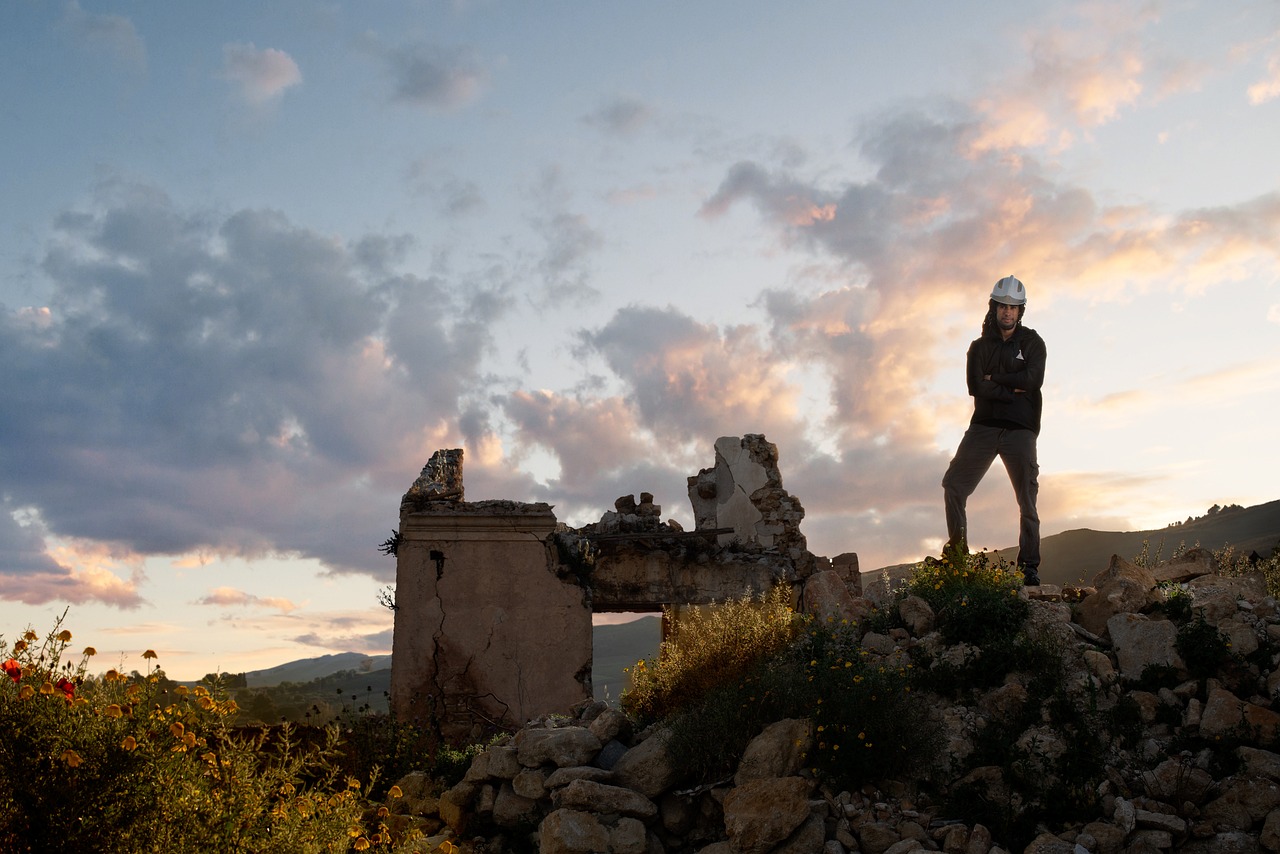
Aztec Civilization
Exploring the fascinating realms of ancient civilizations unveils a tapestry of cultural richness that once thrived in the lands of the Americas. From the awe-inspiring architectural marvels to the intricate societal structures, the Pre-Columbian civilizations have left an indelible mark on history. Let us embark on a journey through time to delve into the captivating worlds of the Aztec, Inca, Maya, Olmec, Nazca, Toltec, Chimu, Moche, and Caral-Supe civilizations.
The Aztec civilization, with its roots in Mesoamerica, stands as a testament to a society steeped in art, architecture, religion, and complex societal hierarchies. Known for their intricate calendar system, the Aztecs crafted imposing temples that reached towards the heavens. These structures bore witness to elaborate human sacrifice rituals that were central to their religious practices.
Within the bustling city of Tenochtitlan, the Aztecs worshipped a pantheon of gods, each playing a vital role in their daily lives. The society was stratified, with rulers, warriors, priests, and commoners each fulfilling their designated roles in maintaining the empire's harmony.
The Aztec civilization's artistry extended beyond the realms of architecture, with vibrant murals and intricate pottery showcasing their creative prowess. The feathered serpent deity Quetzalcoatl held a prominent place in their mythology, symbolizing both creation and destruction.

Inca Empire
The Inca Empire, one of the most remarkable civilizations in history, flourished in the Andean region of South America. Known for their awe-inspiring engineering feats, the Incas created a network of roads spanning thousands of miles, connecting their vast empire. These roads facilitated communication, trade, and the movement of troops, showcasing the organizational prowess of the Inca rulers.
At the heart of the Inca Empire lies the iconic Machu Picchu, a breathtaking citadel perched high in the Andes mountains. This architectural marvel served as a royal estate, a religious site, and a testament to the Inca's mastery of stonework. The precision with which the stones were cut and fitted together without mortar continues to puzzle modern engineers.
Religion played a central role in Inca society, with the sun god Inti revered as the supreme deity. The Inca rulers, believed to be descendants of Inti, governed with divine authority, ensuring the prosperity of their subjects through elaborate ceremonies and offerings. The Inti Raymi festival, celebrating the winter solstice, was a grand display of Inca religious beliefs and cultural heritage.
Furthermore, the Incas were adept agriculturalists, utilizing terraced fields, irrigation systems, and crop diversification to sustain their population in the challenging Andean environment. Their agricultural innovations enabled them to cultivate a variety of crops at different altitudes, ensuring food security and prosperity throughout the empire.
Trade also played a vital role in the Inca Empire's economy, with a sophisticated system of barter and exchange in place. The Inca road network facilitated the movement of goods such as textiles, ceramics, and precious metals across vast distances, connecting diverse regions and fostering economic prosperity.
Despite the empire's eventual demise at the hands of the Spanish conquistadors, the legacy of the Inca Empire endures through its impressive architectural achievements, intricate societal organization, and profound spiritual beliefs. The Inca civilization stands as a testament to the ingenuity and resilience of indigenous peoples in the face of external threats and cultural upheaval.

Maya Civilization
The Maya civilization, known for its remarkable advancements in various fields, left a lasting legacy in Mesoamerica. Their intricate hieroglyphic writing system, a true marvel of communication, allowed them to document their rich history and beliefs with meticulous detail. The Maya's mathematical achievements, including the concept of zero, revolutionized numerical systems and paved the way for complex calculations in astronomy and architecture.
One of the most fascinating aspects of the Maya civilization is their profound knowledge of astronomy. By studying the movements of celestial bodies, the Maya developed a sophisticated calendar system that accurately predicted astronomical events. This cosmic understanding not only guided their religious rituals but also influenced the layout of their cities, aligning important structures with celestial phenomena.
The urban centers of the Maya, such as the iconic city of Tikal, were not only architectural marvels but also bustling hubs of culture and commerce. These cities were meticulously planned, featuring grand pyramids, ball courts, and intricate palaces that showcased the wealth and power of the ruling elite. The Maya's urban planning skills were ahead of their time, with advanced drainage systems and agricultural techniques sustaining their growing population.
Moreover, the Maya's spiritual beliefs were deeply intertwined with their daily lives, as evidenced by the elaborate rituals and ceremonies they performed. Their reverence for nature and the cosmos was reflected in their religious practices, which often involved offerings, bloodletting, and ceremonies to honor their gods. The Maya pantheon was vast and complex, with deities representing various aspects of the natural world and human experience.
Despite the decline of their civilization, the Maya's cultural achievements continue to captivate modern-day scholars and enthusiasts. Their legacy lives on in the intricate carvings, pottery, and artwork that adorn archaeological sites, offering a glimpse into the vibrant and sophisticated society that once thrived in the jungles of Mesoamerica.
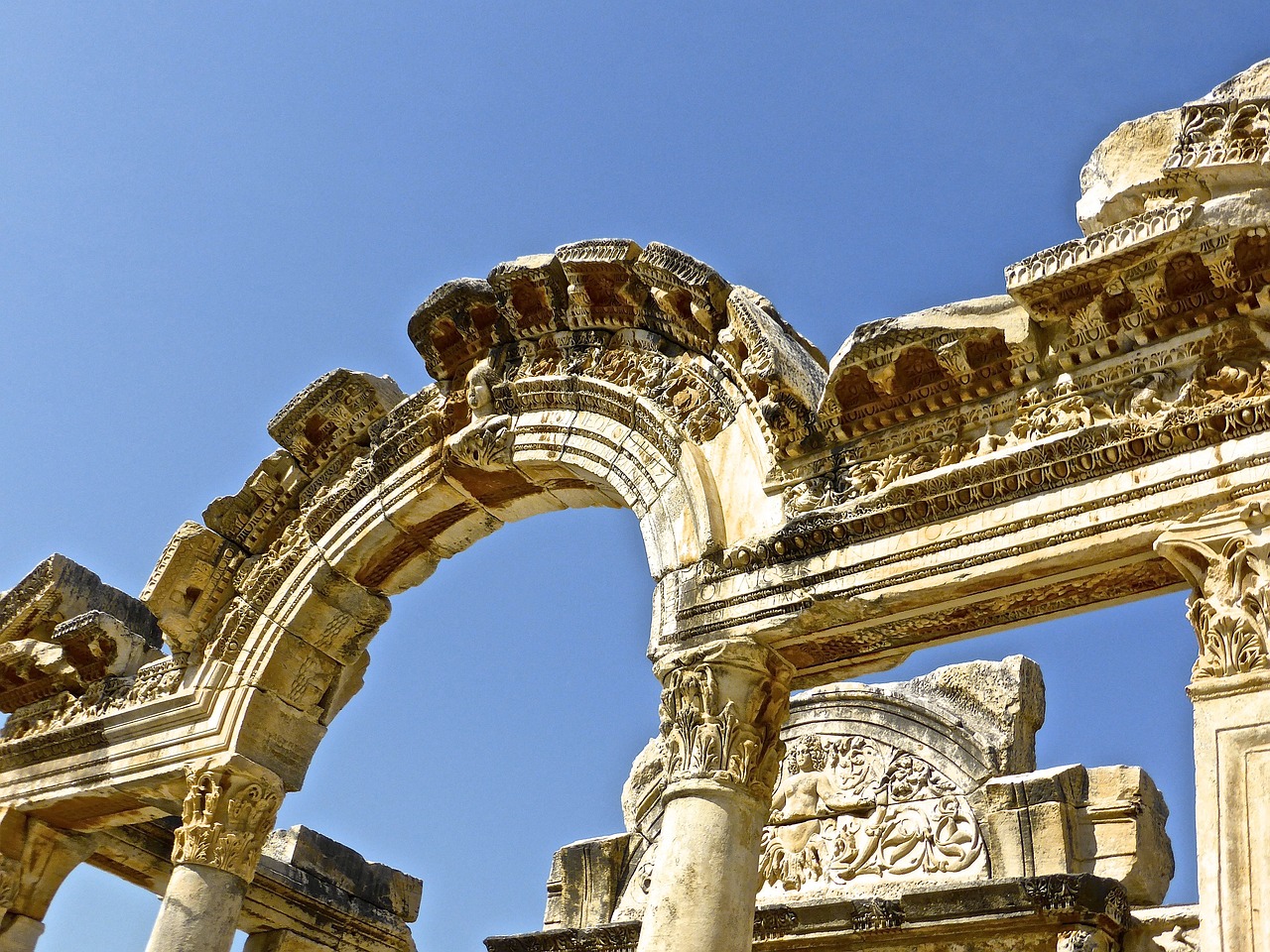
Olmec Culture
The Olmec culture, often regarded as the "Mother Culture" of Mesoamerica, left a significant mark on the region with its distinctive characteristics and influence on subsequent civilizations. One of the most notable aspects of the Olmec civilization is the enigmatic colossal stone heads that have puzzled archaeologists for centuries. These massive sculptures, carved from basalt rock, depict imposing human faces with unique features, showcasing the artistic skill and craftsmanship of the Olmec people.
Moreover, the Olmec culture is renowned for its mastery of jade, a precious stone highly valued by ancient Mesoamerican societies. The Olmecs crafted intricate jade artifacts, such as figurines, masks, and jewelry, demonstrating their expertise in working with this challenging material. These artifacts not only served as symbols of status and power but also reflected the spiritual beliefs and rituals of the Olmec civilization.
In addition to their artistic achievements, the Olmecs established sophisticated trade networks that connected distant regions and facilitated the exchange of goods and ideas. Through these networks, the Olmec culture spread its influence across Mesoamerica, influencing the development of later civilizations such as the Maya and Aztec.
The Olmecs also made significant contributions to the religious and spiritual beliefs of ancient Mesoamerica. Their practices included rituals related to agriculture, fertility, and celestial bodies, indicating a deep connection to the natural world and a complex understanding of cosmology. The Olmec religious system laid the foundation for the elaborate belief systems that characterized subsequent Mesoamerican cultures.
Furthermore, the Olmec culture's architectural achievements, including the construction of ceremonial centers and plazas, showcased their advanced urban planning and organizational skills. These monumental structures served as centers of political, religious, and social activities, reflecting the hierarchical structure of Olmec society and the central role of rulers and priests.
In conclusion, the Olmec culture stands as a testament to the creativity, ingenuity, and cultural richness of the pre-Columbian civilizations in Mesoamerica. By unraveling the mysteries of the Olmec civilization, archaeologists continue to gain valuable insights into the complex and diverse tapestry of ancient American cultures.

Nazca Culture
The Nazca culture, known for its enigmatic Nazca lines, thrived in the arid coastal region of southern Peru. These geoglyphs, large designs etched into the desert floor, continue to puzzle archaeologists and visitors alike with their purpose and precision. The Nazca people also excelled in pottery making, creating intricate and colorful vessels depicting animals, plants, and geometric patterns. Their underground aqueducts, known as puquios, showcased their advanced engineering skills, allowing them to access water in the desert environment.
One of the central aspects of Nazca culture was their spiritual beliefs, which were closely tied to nature and the supernatural. The Nazca people worshipped deities associated with elements such as water, earth, and the sun. Shamans played a significant role in mediating between the human and spiritual realms, conducting rituals and ceremonies to maintain harmony and prosperity within the community.
The Nazca culture's artistic achievements extended beyond the famous geoglyphs, encompassing intricate textiles, metalwork, and jewelry. Their skilled craftsmanship is evident in the delicate gold and silver ornaments, as well as the vibrant textiles adorned with symbolic motifs. These artistic expressions not only served decorative purposes but also held deep cultural and religious significance for the Nazca people.
Despite the arid environment of the Nazca region, the culture developed agricultural techniques that allowed them to sustain a thriving society. The Nazca utilized innovative irrigation systems to cultivate crops such as maize, beans, and cotton in the desert landscape. Their agricultural success contributed to the growth of urban centers and facilitated trade networks with neighboring cultures.
In conclusion, the Nazca culture left a lasting legacy through its impressive artistic creations, advanced engineering feats, and spiritual beliefs that continue to captivate modern audiences. The mysteries surrounding the Nazca lines and the rich cultural heritage of the Nazca people offer valuable insights into the complexity and diversity of pre-Columbian civilizations in the Andean region.
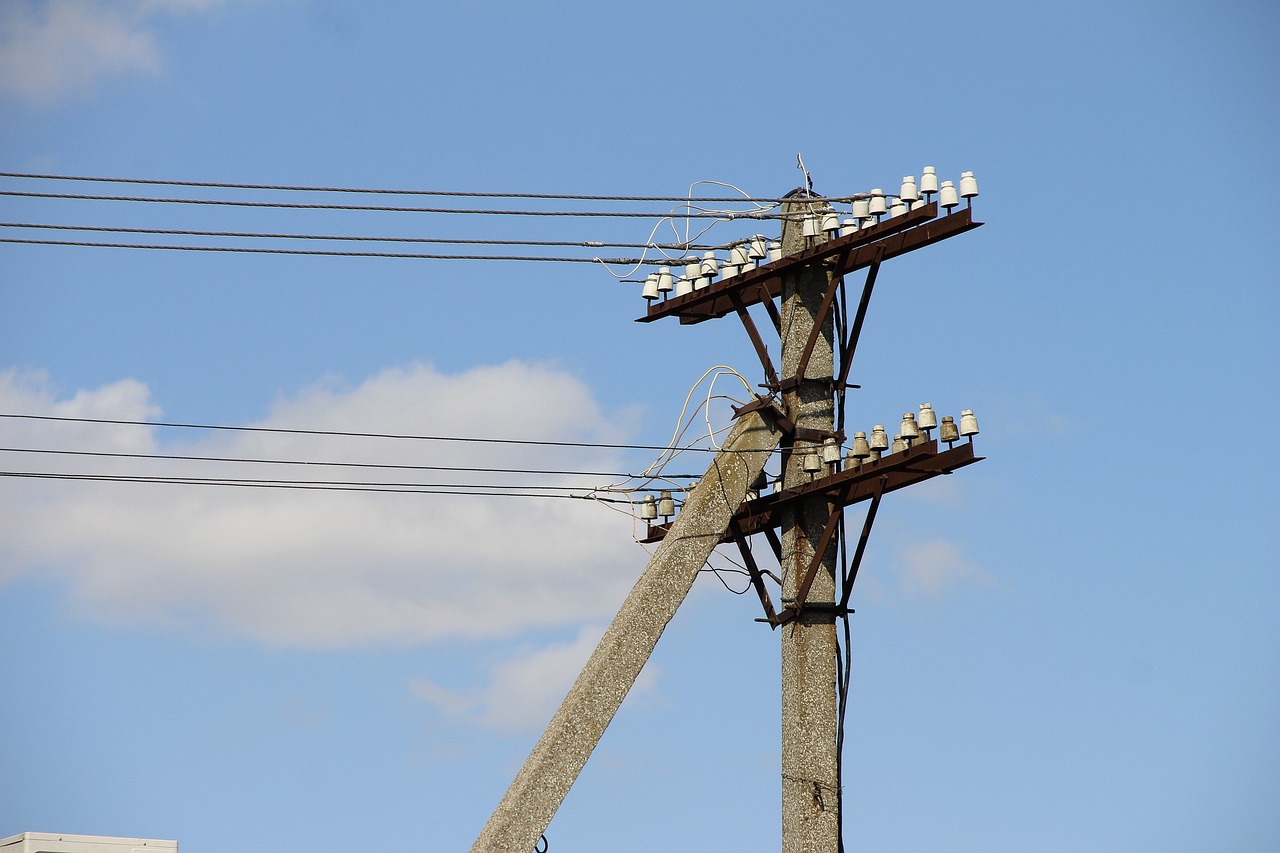
Toltec Civilization
The Toltec civilization, known for its rich cultural heritage and significant contributions to Mesoamerican history, flourished in central Mexico during the Postclassic period. Renowned for their prowess in warfare and architectural achievements, the Toltecs left a lasting impact on subsequent civilizations in the region. At the heart of Toltec society was the revered deity Quetzalcoatl, the feathered serpent, symbolizing both creation and destruction.
One of the most prominent features of the Toltec civilization was their capital city of Tula, believed to have been a center of power and influence. The architecture of Tula reflected the military prowess of the Toltecs, with structures adorned with intricate carvings and sculptures depicting warriors and deities. The Pyramid of Quetzalcoatl, adorned with stone reliefs of the feathered serpent, stands as a testament to the religious significance of this deity in Toltec culture.
Artistry and craftsmanship were highly valued in Toltec society, evident in the intricate stone carvings and metalwork found in archaeological sites associated with the civilization. Skilled artisans created elaborate jewelry, sculptures, and pottery, showcasing the artistic sophistication of the Toltecs. The use of jade, obsidian, and other precious materials in their creations reflected the wealth and status of the elite members of Toltec society.
The Toltecs were also known for their military prowess, engaging in warfare with neighboring city-states and expanding their influence through conquest. The warrior culture of the Toltecs emphasized bravery, discipline, and loyalty to the state. Military achievements were celebrated through elaborate ceremonies and rituals, reinforcing the importance of warfare in Toltec society.
Trade played a significant role in the economy of the Toltec civilization, with valuable goods such as jade, obsidian, and feathers exchanged through extensive trade networks. The influence of the Toltecs extended beyond their borders, with their cultural practices and artistic styles influencing later civilizations in Mesoamerica.
In conclusion, the Toltec civilization stands as a testament to the cultural richness and complexity of pre-Columbian societies in Mesoamerica. Through their architectural achievements, artistic endeavors, and military prowess, the Toltecs made enduring contributions to the cultural tapestry of the region, leaving a legacy that continues to fascinate and inspire generations to come.

Chimu Kingdom
The Chimu Kingdom, located on the northern coast of Peru, was a fascinating civilization known for its remarkable urban planning, innovative irrigation systems, and impressive metalwork. The Chimu people excelled in creating intricate designs in metal objects, showcasing their advanced craftsmanship and artistic skills. Their mastery in metalwork extended to creating elaborate jewelry, tools, and ceremonial items, reflecting the cultural significance of metallurgy in their society.
One of the most noteworthy features of the Chimu Kingdom was the monumental adobe city of Chan Chan, the largest pre-Columbian city in South America. The city's layout was meticulously planned, with intricate designs and sophisticated architecture that highlighted the Chimu's engineering expertise. The vast adobe structures, adorned with intricate carvings and symbols, served as a testament to the kingdom's organizational capabilities and artistic achievements.
In addition to their architectural prowess, the Chimu people were skilled in developing efficient irrigation systems to support their agricultural activities. The construction of canals and reservoirs allowed them to harness water resources effectively, enabling the cultivation of crops in the arid coastal environment. This innovative approach to agriculture contributed to the kingdom's prosperity and sustained its population.
The Chimu Kingdom's cultural heritage also included unique ceramic traditions, with pottery playing a significant role in their artistic expression. The intricate designs and intricate patterns found on Chimu ceramics reflected the kingdom's rich artistic traditions and cultural symbolism. These pottery pieces not only served utilitarian purposes but also held symbolic meanings related to religious beliefs and social practices.
Overall, the Chimu Kingdom left a lasting legacy through its remarkable achievements in urban planning, metalwork, irrigation systems, and artistic expressions. The cultural richness of the Chimu civilization continues to intrigue archaeologists and historians, shedding light on the sophisticated society that thrived in the coastal regions of ancient Peru.
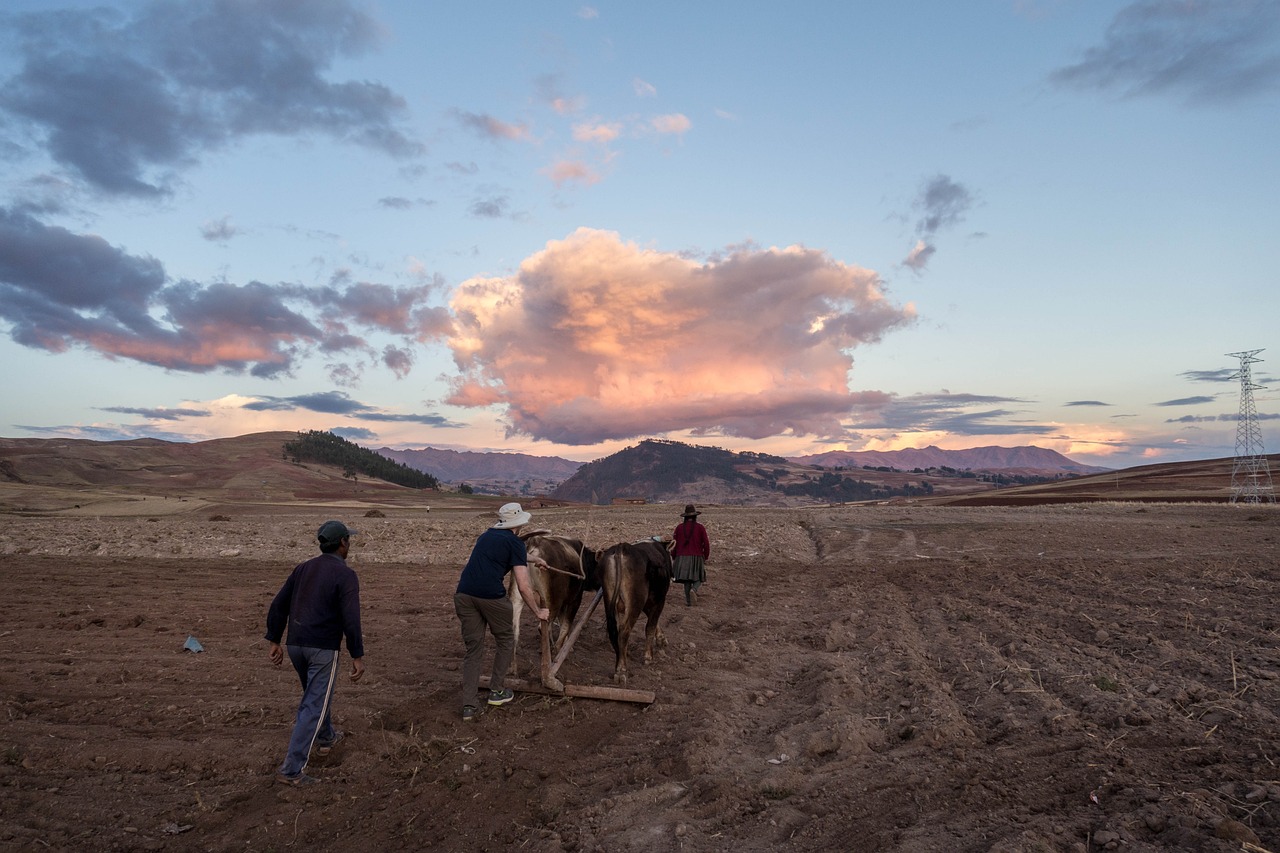
Moche Civilization
The Moche civilization, also known as the Mochica culture, flourished in the northern coastal valleys of Peru from around 100 to 700 AD. This ancient civilization is renowned for its exquisite metalwork, advanced irrigation systems, elaborate ceramics, and intricate social hierarchy. The Moche people were skilled artisans, creating intricate gold and silver ornaments, as well as finely crafted pottery depicting scenes of everyday life, rituals, and mythical beings.
One of the remarkable aspects of the Moche civilization was their sophisticated irrigation systems that allowed them to cultivate crops in the arid coastal desert region. Through a network of canals and channels, the Moche were able to harness water from rivers and streams to support their agricultural activities, enabling them to sustain a thriving society.
The Moche society was hierarchical, with distinct social classes that were reflected in their art and architecture. Elaborate burial sites uncovered by archaeologists revealed the presence of elite individuals adorned with precious ornaments, while commoners were buried with simpler offerings. This social structure is also depicted in their pottery, where intricate vessels with detailed iconography were reserved for the elite.
Furthermore, the Moche civilization had a complex religious belief system, with deities associated with nature, fertility, and the afterlife. They constructed impressive adobe temples and pyramids dedicated to their gods, where elaborate ceremonies and rituals were performed. The Moche people believed in the importance of appeasing their deities through offerings and sacrifices to ensure the well-being of their society.
Archaeological excavations have revealed the rich artistic and cultural legacy of the Moche civilization, shedding light on their technological advancements, societal organization, and spiritual beliefs. The intricate details found in their artifacts and architectural structures provide valuable insights into the daily life and beliefs of this ancient civilization that thrived along the northern coast of Peru.
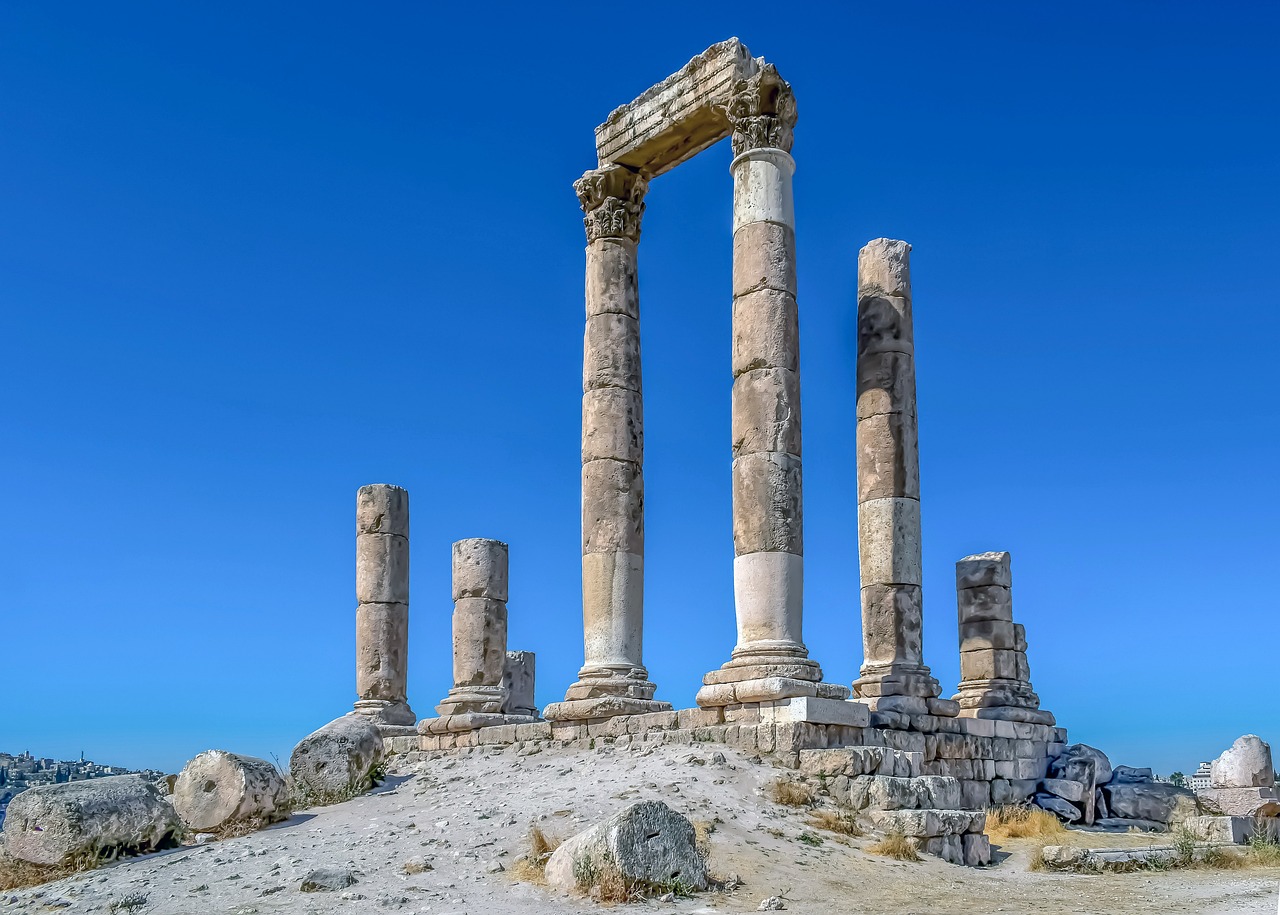
Caral-Supe Civilization
The Caral-Supe Civilization, also known as Norte Chico, is one of the most ancient and intriguing civilizations in the Americas, flourishing in the Supe Valley of Peru around 2600-2000 BCE. This pre-Columbian society predates the Inca Empire by over 4,000 years and is considered the oldest known civilization in the Americas. The archaeological site of Caral, the main city of this civilization, reveals remarkable architectural achievements, including monumental pyramids and complex urban planning.
Caral-Supe is renowned for its advanced societal organization, evident in the intricate layout of its urban centers and the presence of a hierarchical structure. The civilization displayed a sophisticated understanding of agriculture, with evidence of irrigation systems that supported the cultivation of crops in the arid coastal environment. This agricultural prowess allowed the civilization to sustain a large population and develop a complex society.
Archaeological excavations at Caral have uncovered a wealth of artifacts, including intricately designed pottery, textiles, and musical instruments, indicating a rich cultural heritage. The civilization's artistic expression is further exemplified by the intricate carvings and decorations found on various objects, showcasing the craftsmanship and creativity of the Caral-Supe people.
Furthermore, the Caral-Supe Civilization had a profound impact on subsequent Andean cultures, influencing the development of social and religious practices in the region. The presence of ceremonial plazas, pyramids, and temples suggests a strong spiritual belief system, possibly centered around agricultural fertility and celestial phenomena.
In conclusion, the Caral-Supe Civilization stands as a testament to the ingenuity and sophistication of ancient American societies. Through their architectural marvels, agricultural innovations, and cultural achievements, the people of Caral-Supe have left a lasting legacy that continues to captivate archaeologists and historians alike.
Frequently Asked Questions
- What were the main contributions of the Aztec civilization?
The Aztec civilization made significant contributions in art, architecture, religion, and societal structure. They are known for their intricate calendar system, impressive temples, and human sacrifice rituals.
- What is the significance of Machu Picchu in the Inca Empire?
Machu Picchu is a renowned archaeological site that showcases the advanced engineering marvels and architectural prowess of the Inca Empire. It served as a religious, political, and cultural center high in the Andes Mountains.
- What is unique about Maya civilization's mathematical achievements?
The Maya civilization excelled in mathematics, developing a sophisticated number system and making significant advancements in astronomy. They were able to accurately predict celestial events and create complex calendars.
- How did the Olmec culture influence later civilizations in Mesoamerica?
The Olmec culture, known for its colossal stone heads and jade artifacts, had a profound impact on later civilizations in the region. They established sophisticated trade networks and artistic styles that influenced subsequent cultures.
- What sets the Nazca culture apart from other Pre-Columbian civilizations?
The Nazca culture is distinguished by the enigmatic Nazca lines, intricate pottery, and underground aqueducts. Their spiritual beliefs and practices, along with their unique geoglyphs, make them stand out among ancient civilizations.











